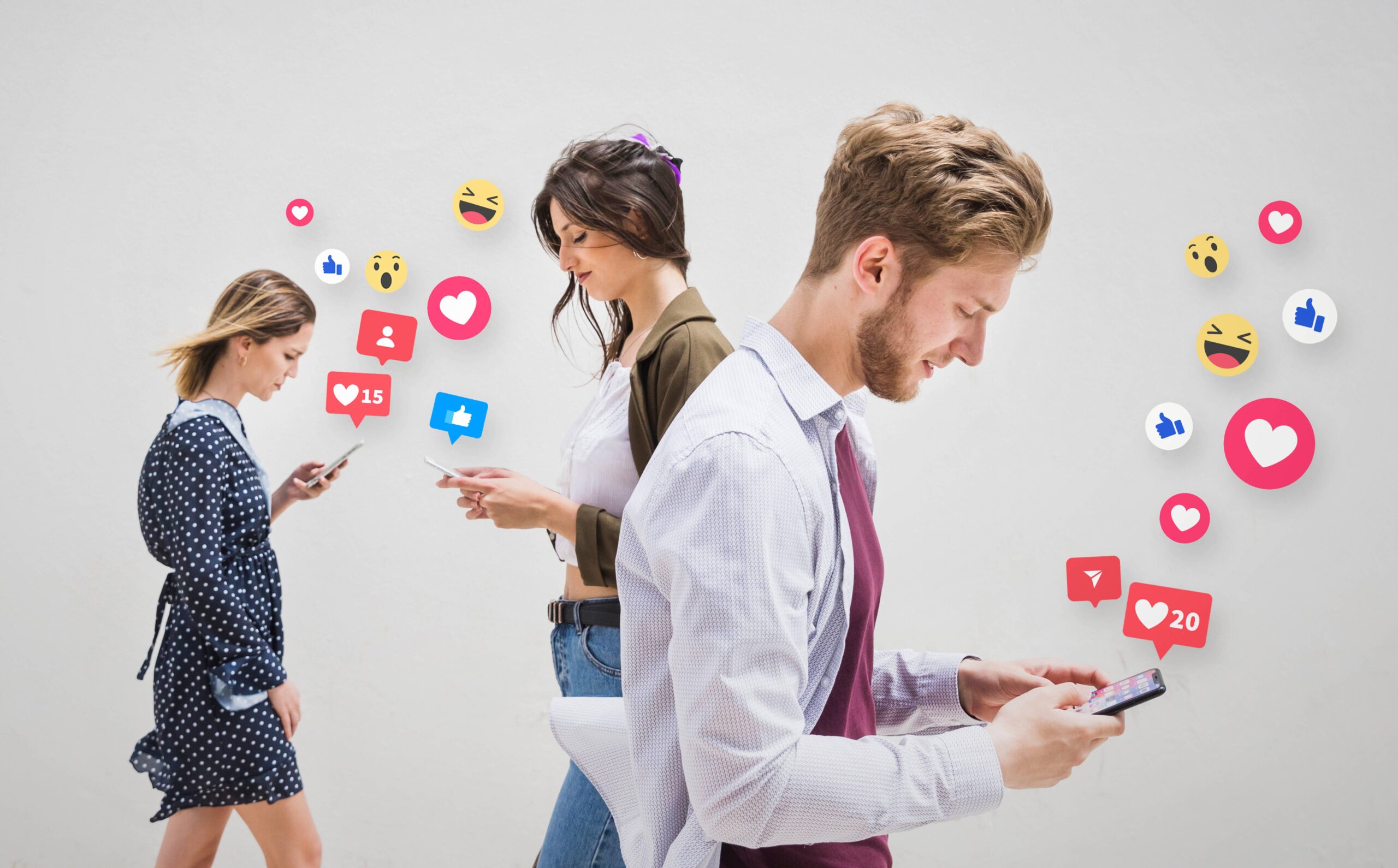Imagine a world of people commenting or sharing, pointing out what a teen feels you feel. For many young people today, this isn’t imagination—it’s reality. In 2025, youth mental health is at a crossroads, with one factor standing out as a silent yet pervasive threat: social media.
In a world of constant development, the challenges that young people face are strengthening – and often we do not realise immediately. The pressure occurs in learning in the hidden digital life; youth mental health is surrounded. But what is the only factor that attacks the most? To discover this, we must explore the ecosystem in which our younger generation develops and navigates through classes that affect their mental health. Let us go into the culprit to weaken the youth mental health, supported by research, expert opinions and real stories.
The Overwhelming Pressure of Academic Expectations?
Imagine juggling five tests, part of work, parasolia and the anxiety of university applications – at the same time. For many teenagers, it is not a hypothesis; it is everyday life.
A study by the American Psychological Association revealed that teenagers reported that tensions in the school year were higher than adults. Academic stress can manifest as sleep problems, eating disorders, depression, and even suicidal ideation.
Why it matters:
- The pressure usually comes from a number of sources: parents, teachers, colleagues and internal expectations.
- The emphasis on learning notes leads to chronic anxiety.
- Students often believe that their value is related to success in learning.
True story: Jasmine, a high school student, shared an interview for teenagers about how she developed panic attacks due to fear of not being able to enter her dream university. “I was impressed that if I failed in a test, all my future was ruined.”
Social Media: The Double-Edged Sword
It connects us, entertains us, and informs us. But it also distorts reality, fuels anxiety, and fosters comparison.

Constant highlights of people’s best moments come from sites like Instagram and TikHub. Teenagers still developing their identities could find this warped lens detrimental. With as much as 95% of young adults elderly 13–17 the usage of social media every day and one-1/3 of them reporting “nearly constant” use, systems like Instagram, TikTok, and Snapchat are fundamentals withinside the lives of young adults.
A 2022 Pew Research take a look at determined that 59% of young adults stated the stress to appearance suitable on social media overwhelms them.
Key mental health impacts:
- Body image issues
- FOMO (Fear of Missing Out)
- Sleep deprivation due to screen time
- Cyberbullying and online harassment
Expert opinion: Psychologist Jean Twenge, in her ee-e book iGen, warns that teens who spend greater than three hours an afternoon on gadgets are 35% much more likely to have a chance component for suicide.
Personal Lens: A Teen’s Story
“I was 15 when I started counting likes more than my grades. I couldn’t sleep without checking if someone commented on my post. I didn’t realise how much my self-worth depended on people I didn’t even know.” — Sana, 17
This quote is one of many reflections we’ve heard from teens. When likes, shares, and followers become a currency for self-esteem, the emotional cost is high.
Other Factors Impacting Youth Mental Health: A Quick Comparison
| Factor | Impact Level | Description |
|---|---|---|
| Social Media Use | High | Triggers comparison, disrupts sleep, and promotes validation dependency |
| Academic Pressure | Moderate | Constant performance stress leads to burnout and anxiety |
| Family Instability | Moderate | Divorce, financial stress, or abuse create chronic emotional distress |
| Peer Bullying (incl. cyber) | High | Directly associated with depression and self-harm tendencies |
| Lack of Physical Activity | Low to Medium | Sedentary lifestyle affects mood and energy levels |
As the table shows, social media usage edges out as the most pervasive and complex factor. Unlike peer bullying or academic stress, its presence is 24/7—omnipresent and unrelenting.
Key Insights from Experts

1. Digital Minimalism Might Be the Answer
Cal Newport, author of Digital Minimalism, argues that intentional use of technology—not total avoidance—is the key. Teens should be taught to use social media mindfully, not mindlessly.
“The goal is not to eliminate technology but to use it in a way that supports rather than subverts youth mental health.”
2. The Role of Parents and Educators
Open dialogue, regular tech-free hours, and promoting offline friendships can act as protective factors. According to the American Psychological Association, teens who feel they can talk to adults about their online experiences show lower levels of digital-related anxiety.
3. Schools Need Digital Well-being Curricula
Just like sex education or physical fitness, mental health literacy should include digital well-being. Schools that have implemented such programmes report improved self-awareness and emotional resilience in students.
A Fresh Perspective: Are We Addressing the Right Problem?
While screen time often gets blamed, it’s not always the root cause. It’s how teens use screens—and what they’re not doing instead—that matters.
Consider:
- Is the teen using social media to connect or to escape?
- Are they replacing physical interaction with digital validation?
- Are adults modelling healthy tech habits?
The issue is less about tech and more about emotional literacy and boundaries. Teens need tools to understand and manage their emotions rather than escape them online.
What Can Be Done? Practical Solutions

For Teens:
- Set screen-time limits (use built-in tools on iOS/Android)
- Follow accounts that promote positivity and education.
- Practise digital detox weekends
- Engage in offline hobbies and physical activity.
For Parents:
- Create no-phone zones (e.g., dinner table, bedrooms)
- Co-watch and co-browse to foster discussion.
- Avoid using tech as a pacifier or babysitter.
For Schools:
- Include social media literacy in the curriculum.
- Train teachers to recognise. digital distress signs.
- Promote peer support groups
For Society:
- Pressure tech companies to implement better safeguards.
- Fund youth mental health initiatives
- Normalise seeking help through awareness campaigns.
Conclusion: The Path to Healthier Digital Lives
It’s now not a query of whether or not a virtual way of life influences young people’s intellectual health, but rather how deeply it does—and what we are able to do approximately it. By transferring the narrative from manipulation to consciousness, we empower younger humans to reclaim theirtual well-being in a virtual-first world.
We have to flow past response and begin a revolution in how we educate, engage, and empower our young people—online and offline.
Have you or someone you know struggled with digital burnout or online anxiety? Share your story in the comments below. Or check out our related post: How to Build Resilience in the Digital Age.





Pingback: How Mental and Emotional Illnesses Affect Social Health - HealthZone